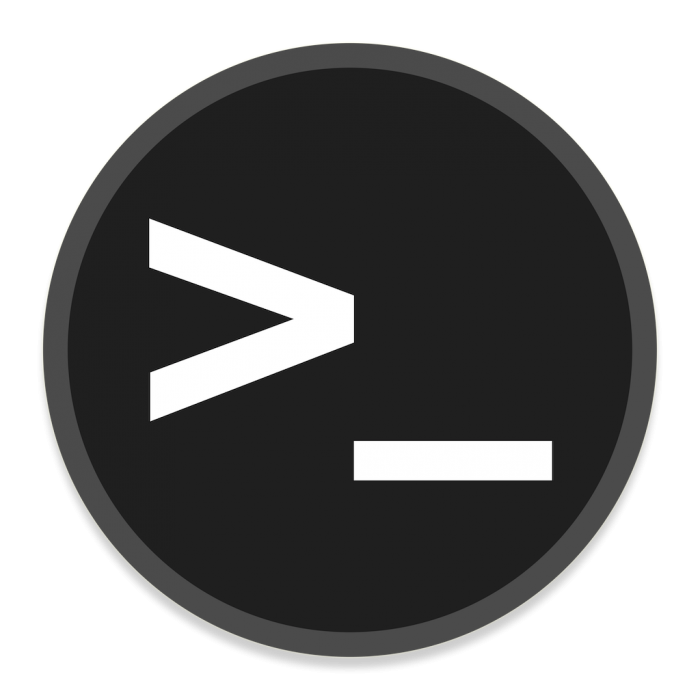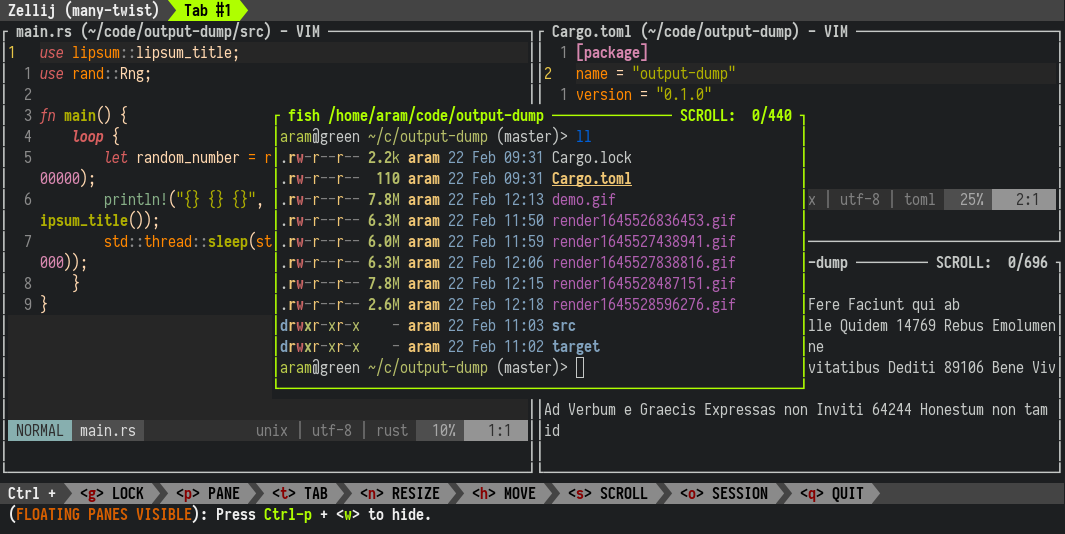bio
- 24 Posts
- 27 Comments

 2·4 months ago
2·4 months agoYeah I agree, I am sure they are missing some obscure stuff. But in practise it has everything that I use and there has been no need for me to touch flatpak/appimage/snap

 7·4 months ago
7·4 months agoobject oriented
Python does have OOP but you are not at all forced to use it. You can write code in a functional or even procedural style.
typing
I do hate that python doesent have proper support for typing but I think weakly typed variables will actually help beginners as it is less to think about to start off with.
indentation
I think there are pros and cons here. In other languages it is considered good style to use indentation anyway.
I’m sure it is difficult to teach a large class like that though. It was hard enough for me to learn with a much more favourable teacher to student ratio than you probably have. Sorry but honestly I do sympathise with admin as well.

 4·4 months ago
4·4 months agoyep, I mean a GUI based software centre

 9·4 months ago
9·4 months agoNixOS:
- Largest and most up to date package repository (no need for flatpack/appimage/snap ect)
- Reproducible
- Declarative
- Rollbacks you can select at boot time
- No dependency conflicts
I think it will easily be the number 1 distro if/when they can :
- the steep learning curve (e.g. have a gui installer EDIT: As in a GUI software centre)
- documentation
- have more tools use nixos and have nixos in mind (e.g. there are a couple of tools that didn’t work for me because of specific C libraries not beeing present/configured on nixos that are present on other distros. some libraries implicitly expect these to be present).

 2·7 months ago
2·7 months agoWhat is the app?

 14·8 months ago
14·8 months agoWhy? It is the same power dynamic as any other open source project that is primarily built by a company.

 36·8 months ago
36·8 months agoFrom what I read in the HN thread the token is only used for governance (and possibly also fundraising), it is not baked into the actual platform. I am happy to be corrected though if anyone knows more/has more details.
I agree that Forgejo looks good as well and is likely more usable than Radicle right now. But I do think there is value at looking at P2P solutions.

 46·8 months ago
46·8 months agoFrom what I read in the HN thread the token is only used for governance (and possibly also fundraising), it is not baked into the actual platform. I am happy to be corrected though if anyone knows more/has more details.

 10·10 months ago
10·10 months agoThank you Ategon and all the other admins for the work you are doing to make this place great.

 411·10 months ago
411·10 months agoIn this regard, AI-generated code resembles an itinerant contributor, prone to violate the DRY-ness [don’t repeat yourself] of the repos visited.
So I guess previously people might first look inside their repo’s for examples of code they want to make, if they find and example they might import it instead of copy and pasting.
When using LLM generated code they (and the LLM) won’t be checking their repo for existing code so it ends up being a copy pasta soup.

 2·11 months ago
2·11 months agoI think helix (or some derivative) has good long tern prospects. It has a fairly large communuty abd It is much more accessible than (neo)vim.

 8·11 months ago
8·11 months agoYou could also consider: https://helix-editor.com/
It does more than vim out if the box and it has similar but different key bindings. The key bindings are more intuitive and easier to learn in my opinion.
It is missing a few features still (e.g.plugins) but I have been using helix for a while and it is really fun.
Would be interesting to see how fast polars (a dataframe library written in rust) would be as it can be used in python.

 2·1 year ago
2·1 year agoI haven’t used tmux at all but I did look into it once. I have found zellij easy to learn so far while I had the impression that tnux would e lbe a hit difficult to learn.
Also zellij has footing panes (not sure if tmux does)

 2·1 year ago
2·1 year agoNice, I hadn’t heard of that before, will check it out!

 1·1 year ago
1·1 year agoI just see it as less practical than maintaining a toolchain for devs to use.
There are definately some things preventing Nix adoption. What are the reasons you see it as less practical than the alternatives?
What are alternative ways of maintaining a toolchain that achieves the same thing?

 4·1 year ago
4·1 year agoThat seems like an argument for maintaining a frozen repo of packages, not against containers.
I am not arguing against containers, I am arguing that nix is more reproducible. Containers can be used with nix and are useful in other ways.
an argument for maintaining a frozen repo of packages
This is essentially what nix does. In addition it verifies that the packages are identical to the packages specified in your flake.nix file.
You can only have a truly fully-reproducible build environment if you setup your toolchain to keep copies of every piece of external software so that you can do hermetic builds.
This is essentially what Nix does, except Nix verifies the external software is the same with checksums. It also does hermetic builds.

 3·1 year ago
3·1 year agoRelated, this article talks about combining nix and direnv: https://determinate.systems/posts/nix-direnv
Using these tools you are able to load a reproducible environment (defined in a nix flake) by simply cding into a directory.

 1·1 year ago
1·1 year agoAre you saying that nix will cache all the dependencies within itself/its “container,” or whatever its container replacement would be called?
Yep, sort of.
It saves each version of your dependencies to the /nix/store folder with a checksum prefixing the program name. For example you might have the following Firefox programs
/nix/store/l7ih0zcw2csi880kfcq37lnl295r44pj-firefox-100.0.2 /nix/store/cm1bdi4hp8g8ic5jxqjhzmm7gl3a6c46-firefox-108.0.1 /nix/store/rfr0n62z21ymi0ljj04qw2d7fgy2ckrq-firefox-114.0.1Because of this you can largely avoid dependency conflicts. For example a program A could depend on
/nix/store/cm1bdi4hp8g8ic5jxqjhzmm7gl3a6c46-firefox-108.0.1and a program B could depend on/nix/store/rfr0n62z21ymi0ljj04qw2d7fgy2ckrq-firefox-114.0.1and both programs would work as both have dependencies satisfied. AFAIK using other build systems you would have to break program A or program B (or find versions of program A and program B where both dependencies are satisfied).






















You should check out zig, its compiler can even be used for c/c++. If you have time to listen to an interview, this developer voices interview on zig explains some of the advantages of this: https://www.youtube.com/watch?v=5_oqWE9otaE&t=3970s